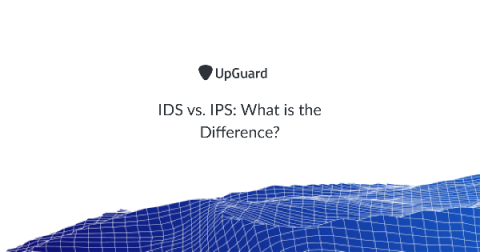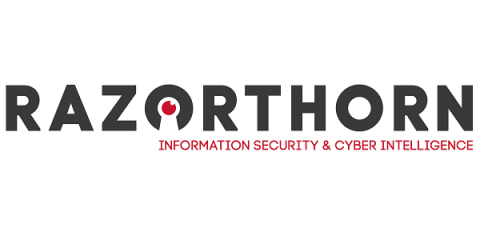6 mistakes to avoid when choosing a managed services provider
Applications support some of the most strategic business processes and access an organization’s most sensitive data. However, application security continues to receive less budget and attention than network security. Thanks to the high-profile data breaches of the past few years, we can’t blame lack of awareness for the lack of investment. Security experts and business leaders alike are now painfully aware that hackers are targeting applications as an entry point.









